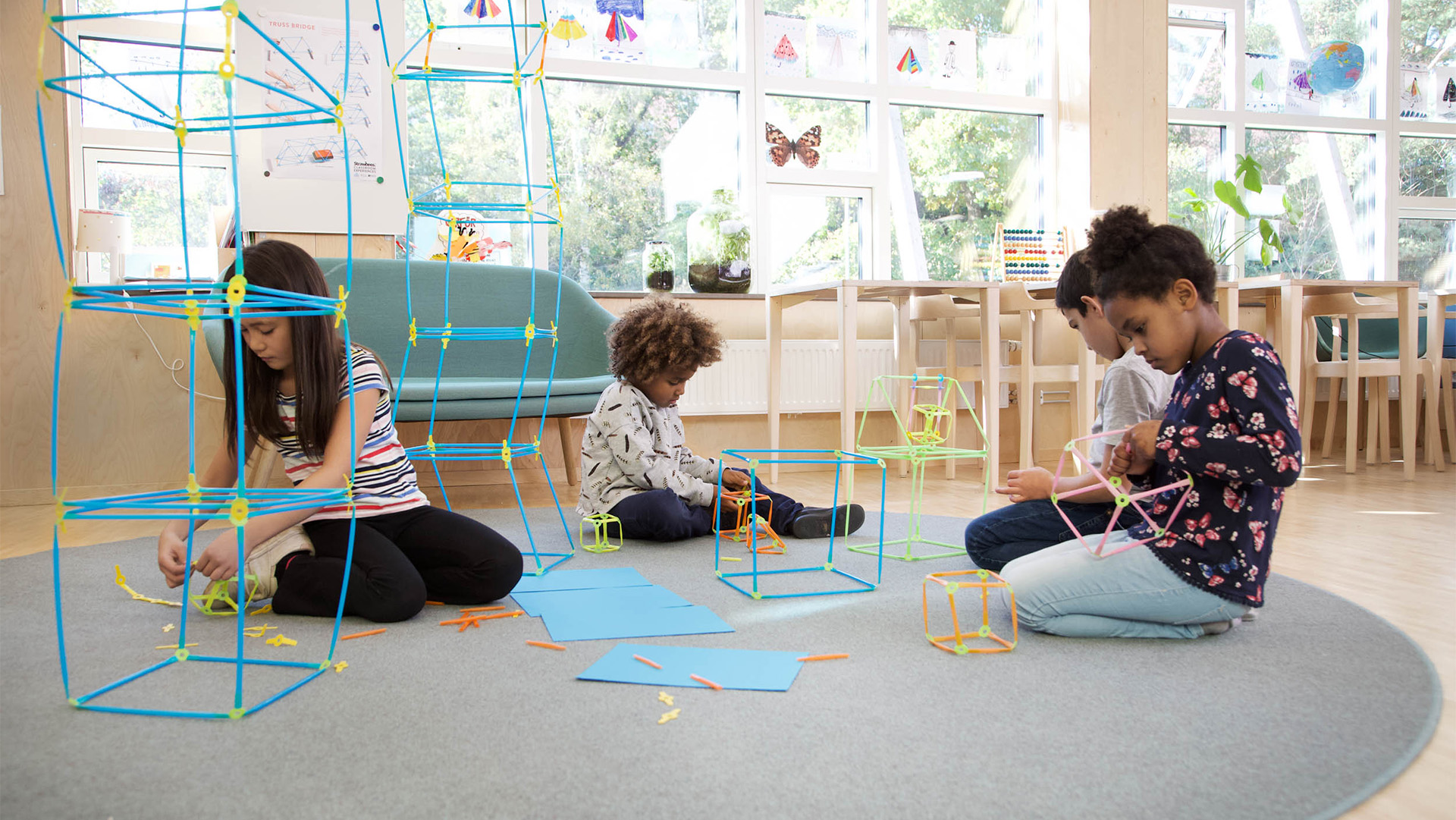21st Century Skills in STEM Education and STEAM Education: Empowering Students to Innovate and Problem-Solve
Content is more than the knowledge learners are asked to acquire. It’s about how they organize, process, and apply that knowledge in meaningful ways. In STEM/STEAM education, the concept of content goes beyond textbooks and lectures. It represents the skills and abilities that learners need to navigate and contribute to an increasingly complex and interconnected world.
What is Content in terms of STEM/STEAM?
Content is not just about memorizing facts and figures within a STEM/STEAM education framework. It encompasses a broader understanding of how concepts from various disciplines interrelate and how learners can apply them to solve problems. The integration of science, technology, engineering, mathematics, and arts creates a multidisciplinary learning environment where content becomes a living, dynamic force. For example, learners working on a project that combines robotics and design will need to draw on knowledge from engineering, physics, and art to successfully complete the task.
STEM/STEAM education focuses on hands-on, project-based learning, which means learners aren’t simply memorizing formulas or historical dates. Instead, they are engaging with content by experimenting, building, and creating, which helps them internalize knowledge more effectively. This process of discovery encourages deeper learning and critical thinking, equipping learners with the tools they need to navigate future challenges.
Connecting Content to Real-World Problems
One of the primary goals of developing 21st-century skills within education is to prepare learners to apply these core skills to real-world challenges. Content in STEM/STEAM is not limited to academic knowledge but includes skills that are directly transferable to real-life scenarios. By integrating real-world issues into the curriculum, educators can make content relevant and engaging for learners. Whether it’s designing sustainable solutions for environmental problems or developing new technologies to improve human life, learners need to see how the content they are learning can be applied outside the classroom.
Strawbees, for example, offers tools that allow learners to engage with content in a meaningful way. Through hands-on activities, learners can explore engineering concepts and develop solutions to real-world problems. This type of learning encourages creativity and innovation, as learners must think critically about how to apply their knowledge to the challenges they face.
Content and Interdisciplinary Learning
Interdisciplinary learning is at the heart of STEM/STEAM, and content plays a vital role in connecting the dots between different subjects. Rather than compartmentalizing subjects into silos, STEM/STEAM encourages learners to explore how science, technology, engineering, mathematics, and arts intersect. This approach allows learners to develop a more holistic understanding of content and to recognize that solving complex problems often requires knowledge from multiple disciplines.
For instance, when learners are tasked with building structures, they are not just learning about engineering principles. They are also developing spatial awareness, honing their creativity, and understanding how forces like gravity and tension affect their designs. This interdisciplinary approach not only makes learning more engaging but also helps learners develop the kind of innovative thinking that is essential in today’s world.
The Role of Technology in Content Delivery
Technology has revolutionized how content is delivered and consumed. In the modern classroom, technology plays a critical role in helping learners engage with content in new and exciting ways. Digital tools, such as online simulations, coding platforms, and virtual laboratories, allow learners to explore content more deeply and at their own pace. In STEM/STEAM education, these tools are invaluable in helping learners visualize complex concepts, test hypotheses, and collaborate with peers around the world.
Strawbees provides a platform that integrates both physical (Strawbees Kits) and digital content (Strawbees Classroom). Learners can build physical structures while also exploring programming and automation through platforms like micro:bit’s MakeCode, making it easier to bridge the gap between abstract concepts and hands-on applications. By incorporating technology into the learning process, educators can ensure that content is accessible, engaging, and tailored to the needs of each learner.
Preparing Learners for the Future
Content is not static; it is a dynamic, evolving element of the learning process. STEM/STEAM education focuses on helping learners understand how to use content creatively and critically, applying it to solve real-world problems and innovate for the future. By integrating interdisciplinary approaches, real-world applications, and digital tools, educators can create content-rich environments that prepare learners for the challenges and opportunities of tomorrow.
Through engaging tools like Strawbees, learners can explore and interact with content in a hands-on, meaningful way, ensuring that they develop the skills they need to thrive in an ever-changing world.
Based off learnings from: Becoming Brilliant: What Science Tells Us About Raising Successful Children (Roberta Michnick Golinkoff and Kathy Hirsh-Pasek, 2016)
You May Also Like
These Related Stories

21st Century Skills in STEM & STEAM Education: The Power of Communication and Collaboration

The Power of Inclusive STEAM Education


